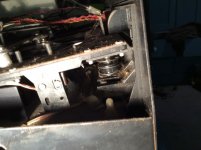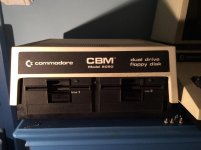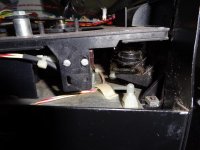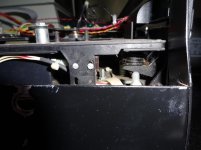Im guessing you mean you have a lever that rotates rather than flip... If that even makes sense. That is notthe kind I have.
I was wrong there are apparently four different drives, and here is how to identify them http://www.commodore.ca/manuals/funet/cbm/schematics/drives/old/8050/8050-02.gif
I was wrong there are apparently four different drives, and here is how to identify them http://www.commodore.ca/manuals/funet/cbm/schematics/drives/old/8050/8050-02.gif




